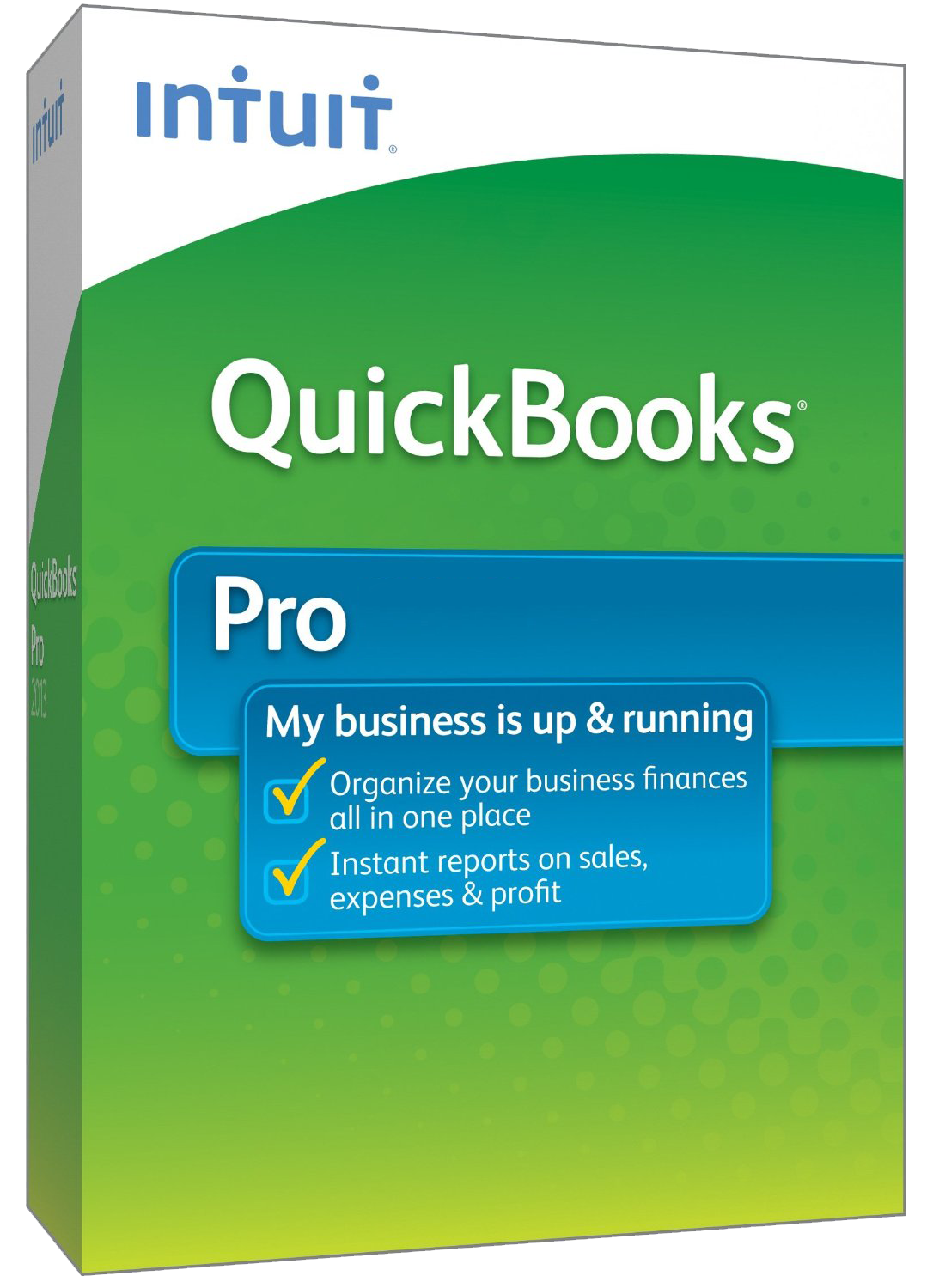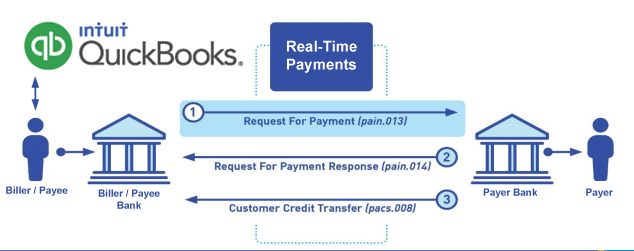QuickBooks® Request for Payment Invoicing
The Best Solution for Payment Processing in QuickBooks®
Today Payments is an Authorized Reseller of Intuit offering a highly robust app that supports both QuickBooks’ desktop and online customers, provide merchants with the tools they need so they can focus more time on their customers and businesses, and less time on data entry. "Our Integrated payment solutions can save a typical small business owner more than 180 hours each year"
"Our Integrated payment solutions can save a typical small business owner more than 180 hours each year"See
the features
QuickBooks® ACH, Cards, FedNow and Real-Time Payments
- Payment processing for all QuickBooks desktop, Pro, Premier, Enterprise and also QBO QuickBooks Online Our software is designed for simplicity and ease-of-use.


- ~ Automate Account Receivable Collection
- ~ Automate Account Payable Payments
- ~ One-time and Recurring Debits / Credits
Secure QB Plugin payment processing through QuickBooks ® specializes in the origination of moving money electronically.
Ask about our special:
Request for Payments
Aging of invoices is a common practice in
accounting to track and manage the time elapsed since an invoice was
issued and the payment is due. To age invoices and sync the information
into QuickBooks Online (QBO), you can follow these general steps:
1. Understand Aging Categories:
- In accounting, invoices are typically
categorized into aging buckets based on the number of days
outstanding (e.g., 0-30 days, 31-60 days, 61-90 days, and over 90
days). Familiarize yourself with the aging categories you want to
use.
2. Set Up Aging Reports in Excel or Google
Sheets:
- Create a spreadsheet (Excel or Google
Sheets) to track aging details. Organize columns for invoice number,
customer name, invoice date, due date, amount, and aging categories.
3. Calculate Aging:
- Use formulas to calculate the number of
days each invoice is overdue. This could be done by subtracting the
invoice date from the current date.
4. Categorize Invoices:
- Assign each invoice to the appropriate
aging category based on the calculated days overdue. For example, if
an invoice is 25 days overdue, it falls into the 0-30 days aging
bucket.
5. Export Data to CSV:
- Once you've categorized the invoices in
your spreadsheet, export the data to a CSV (Comma-Separated Values)
file. This format is commonly used for importing data into
accounting software.
6. Log in to QBO:
- Log in to your QuickBooks Online
account.
7. Navigate to Banking or Expenses:
- Depending on your QBO setup, navigate to
the "Banking" or "Expenses" section where you can manage
transactions.
8. Import CSV File:
- Find the option to import transactions
and select your CSV file. QBO will guide you through the process of
mapping columns from your CSV to corresponding fields in QBO.
9. Map Fields:
- Ensure that you map fields correctly,
matching the invoice number, customer name, date, due date, amount,
and aging category.
10. Review and Confirm:
- Review the imported data and confirm that
it accurately reflects the aging categories you assigned in your
spreadsheet.
11. Run Aging Reports in QBO:
- Use QBO's reporting features to generate
aging reports. This will allow you to see a summary of outstanding
invoices by aging category.
12. Regularly Update Data:
- Keep your spreadsheet and QBO data
synchronized by regularly updating the aging information. This is
especially important for accurate financial reporting.
13. Automate Processes (Optional):
- If you have a high volume of invoices and
transactions, consider using automation tools or apps available in the
QBO App Store to streamline the aging process.
14. Monitor and Follow Up:
- Regularly monitor the aging reports in QBO.
Follow up with customers for overdue payments, and adjust aging
categories as needed.
15. Document Procedures:
- Document your aging procedures to ensure
consistency and make it easier for others to follow the process.
Remember to adapt these steps based on your
specific business needs and the features available in your version of
QBO. Additionally, stay informed about updates and improvements in QBO
that may enhance your invoicing and aging processes.

Call us, the .csv and or .xml Request for Payment (RfP) file you need while on your 1st phone call! We guarantee our reports work to your Bank and Credit Union. We were years ahead of competitors recognizing the benefits of RequestForPayment.com. We are not a Bank. Our function as a role as an "Accounting System" in Open Banking with Real-Time Payments to work with Billers to create the Request for Payment to upload the Biller's Bank online platform. U.S. Companies need help to learn the RfP message delivering their bank. Today Payments' ISO 20022 Payment Initiation (PAIN .013) show how to implement Create Real-Time Payments Request for Payment File up front delivering message from the Creditor (Payee) to it's bank. Most banks (FIs) will deliver the message Import and Batch files for their company depositors for both FedNow and Real-Time Payments (RtP). Once uploaded correctly, the Creditor's (Payee's) bank continuing through a "Payment Hub", will be the RtP Hub will be The Clearing House, with messaging to the Debtor's (Payer's) bank.
Our in-house QuickBooks payments experts are standing ready to help you make an informed decision to move your company's payment processing forward.
Pricing with our Request For Payment Professionals

1) Free ISO 20022 Request for Payment File Formats, for FedNow and Real-Time Payments (The Clearing House) .pdf for you manually create "Mandatory" (Mandatory data for completed file) fields, start at page 4, with "yellow" highlighting. $0.0 + No Support
2) We create .csv or .xml formatting using your Bank or Credit Union. Create Multiple Templates. Payer/Customer Routing Transit and Deposit Account Number may be required to import with your bank. You can upload or "key data" into our software for File Creation of "Mandatory" general file.
Fees = $57 monthly, including Support Fees and Batch Fee, Monthly Fee, User Fee, Additional Payment Method on "Hosted Payment Page" (Request for file with an HTML link per transaction to "Hosted Payment Page" with ancillary payment methods of FedNow, RTP, ACH, Cards and many more!) + $.03 per Transaction + 1% percentage on gross dollar file,
3) Payer Routing Transit and Deposit Account Number is NOT required to import with your bank. We add your URI for each separate Payer transaction.
Fees Above 2) plus $29 monthly additional QuickBooks Online "QBO" formatting, and "Hosted Payment Page" and WYSIWYG
4) Above 3) plus Create "Total" (over 600 Mandatory, Conditional & Optional fields of all ISO 20022 Pain .013) Price on quote.
